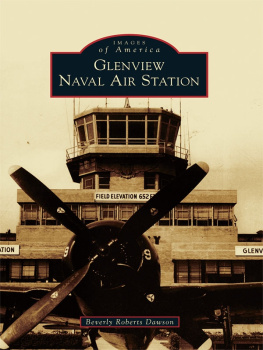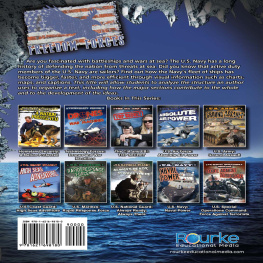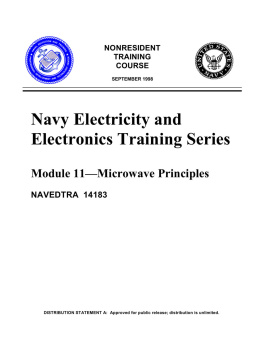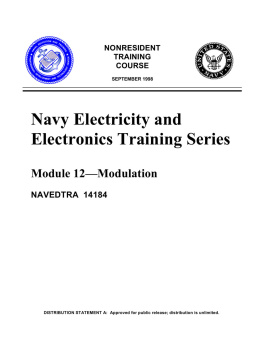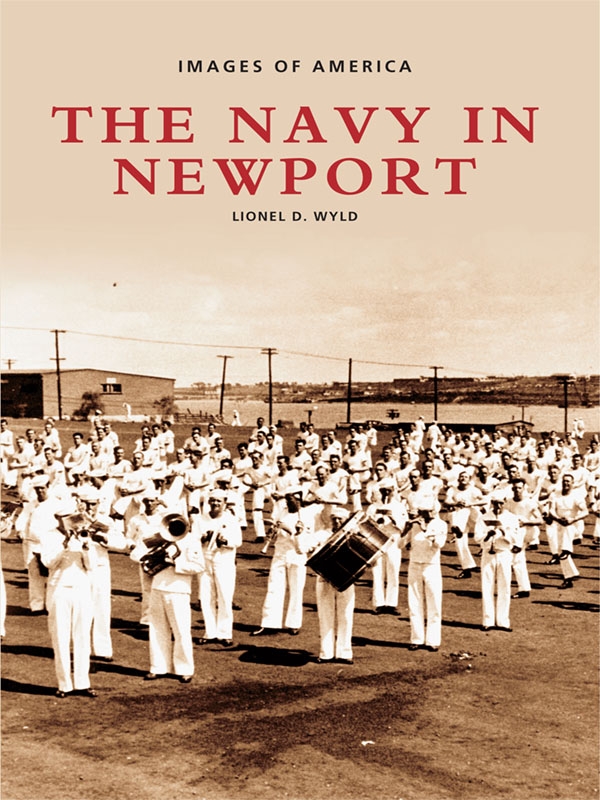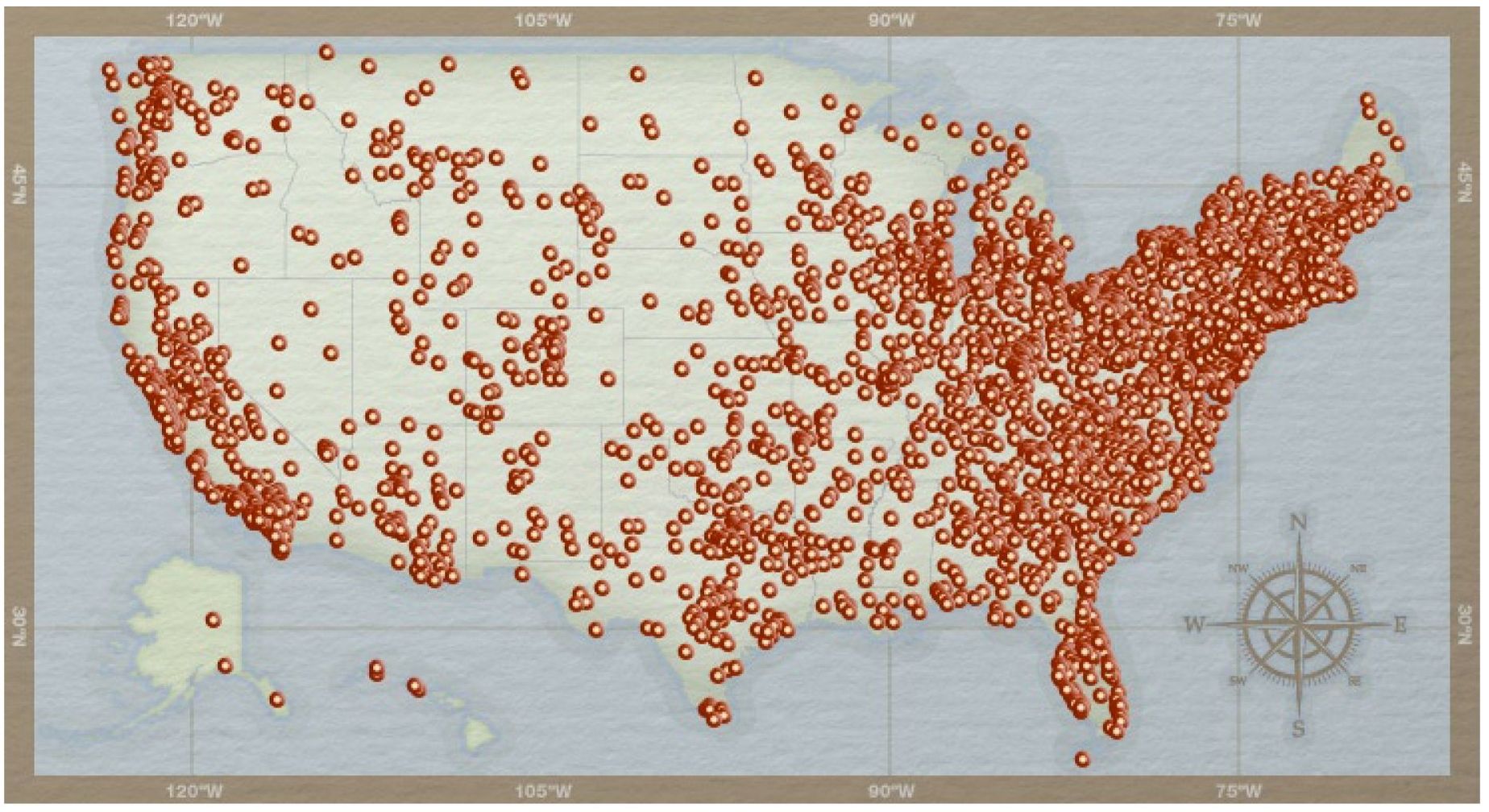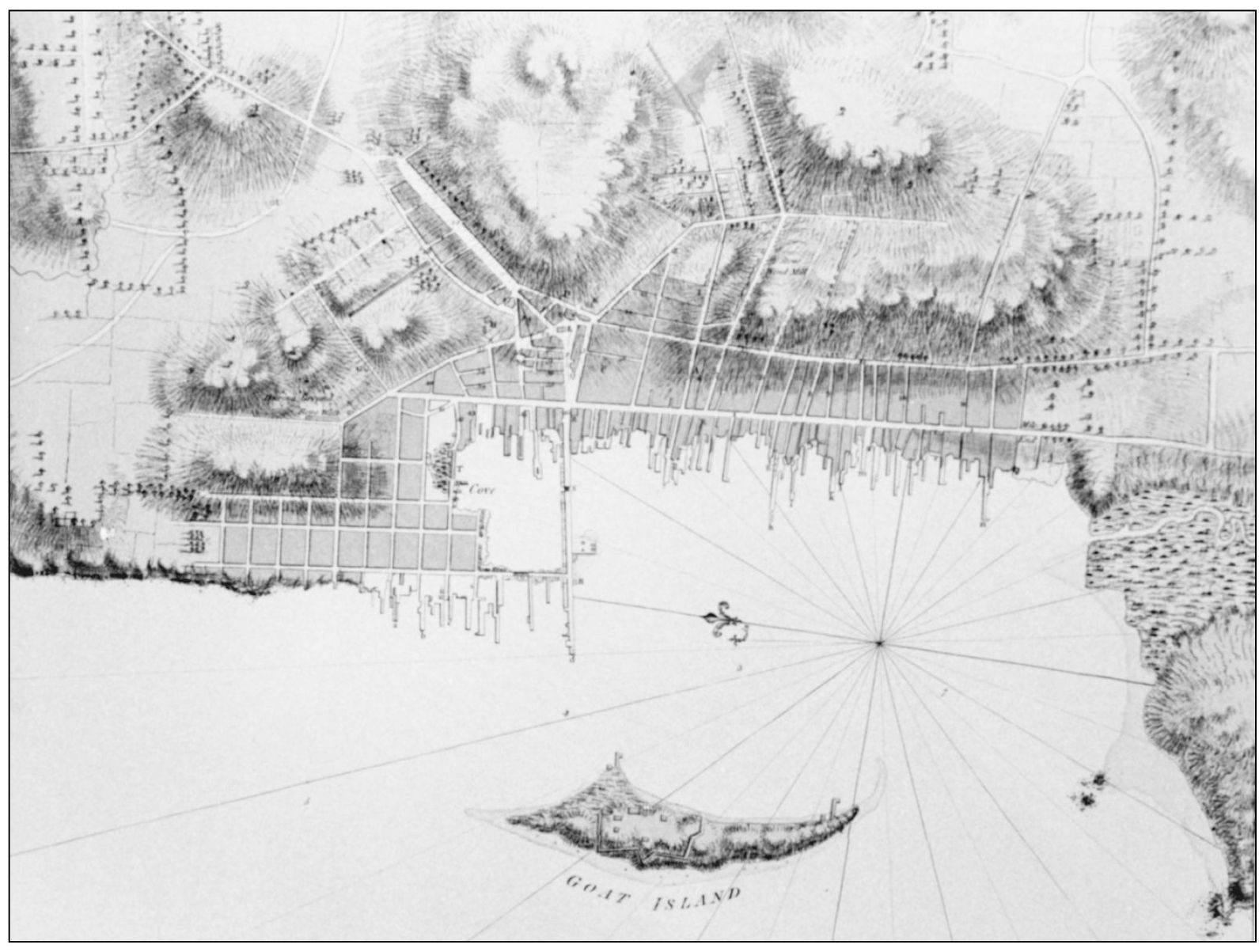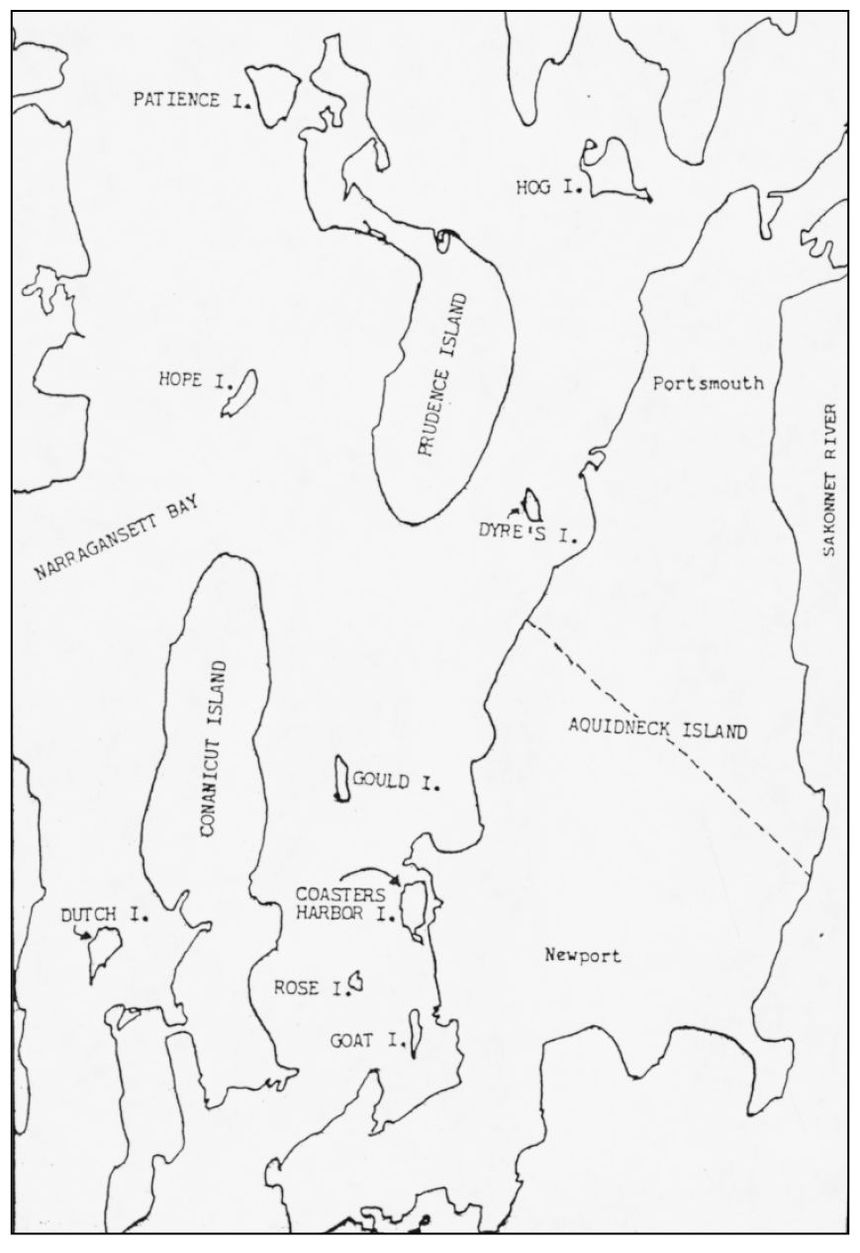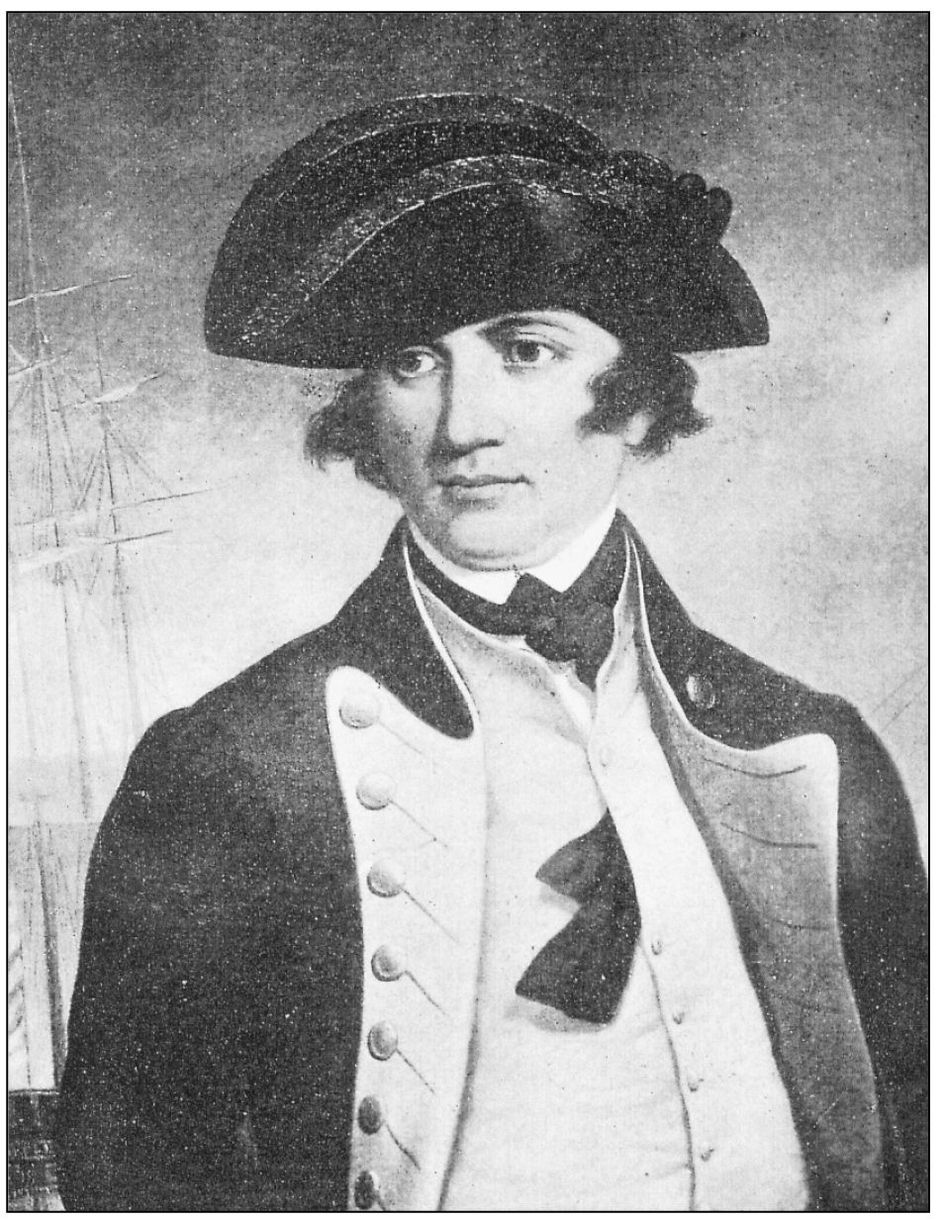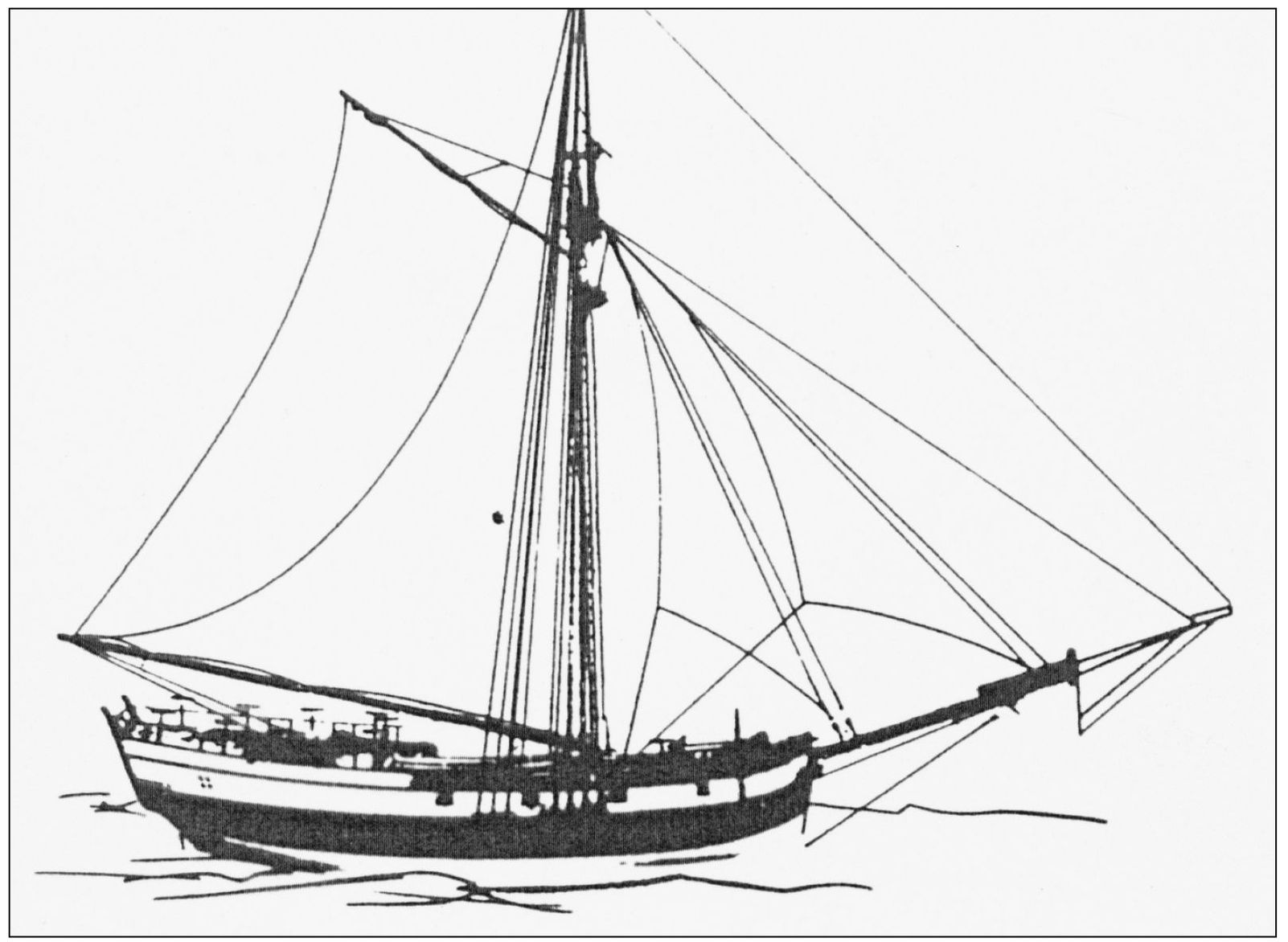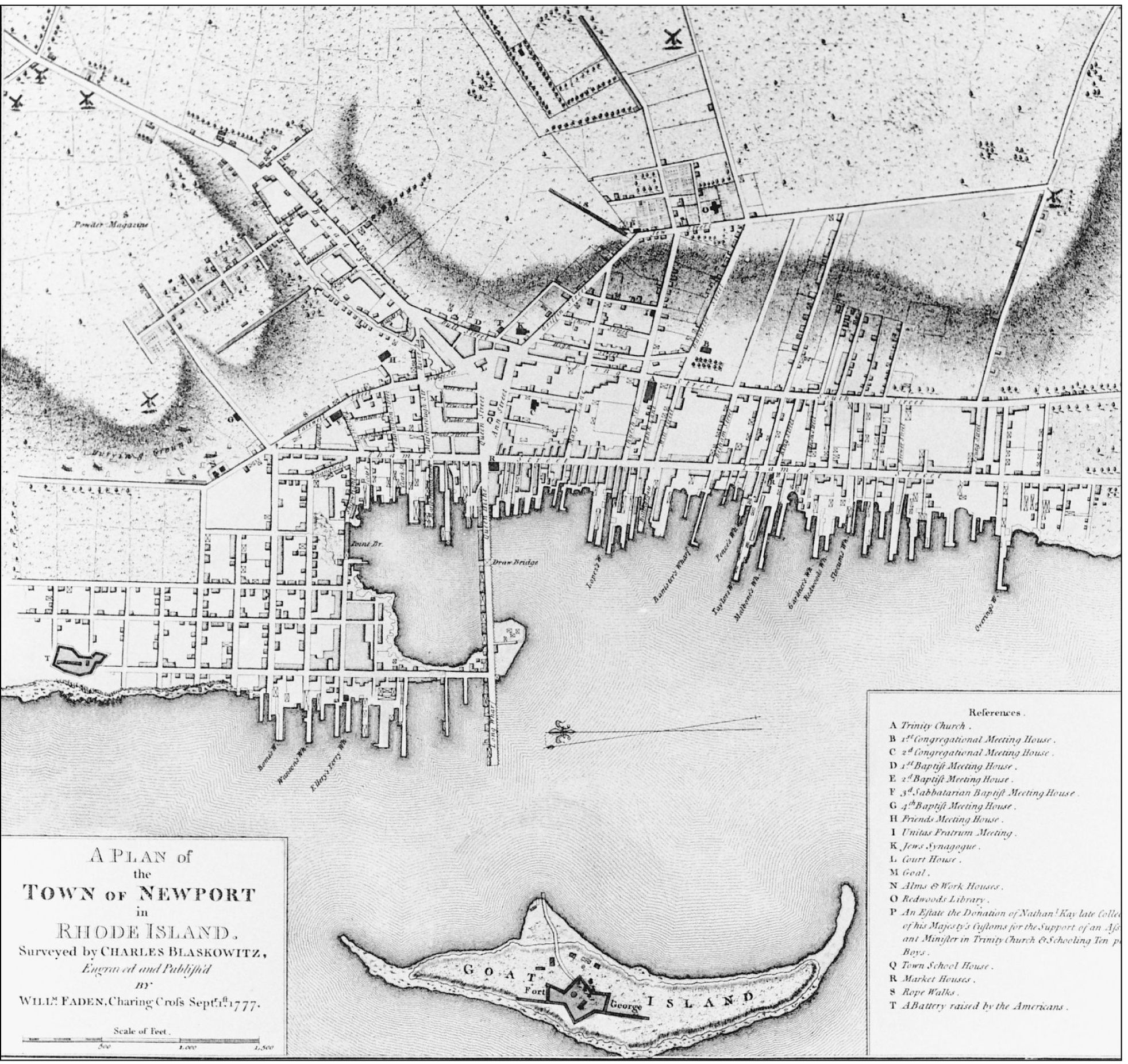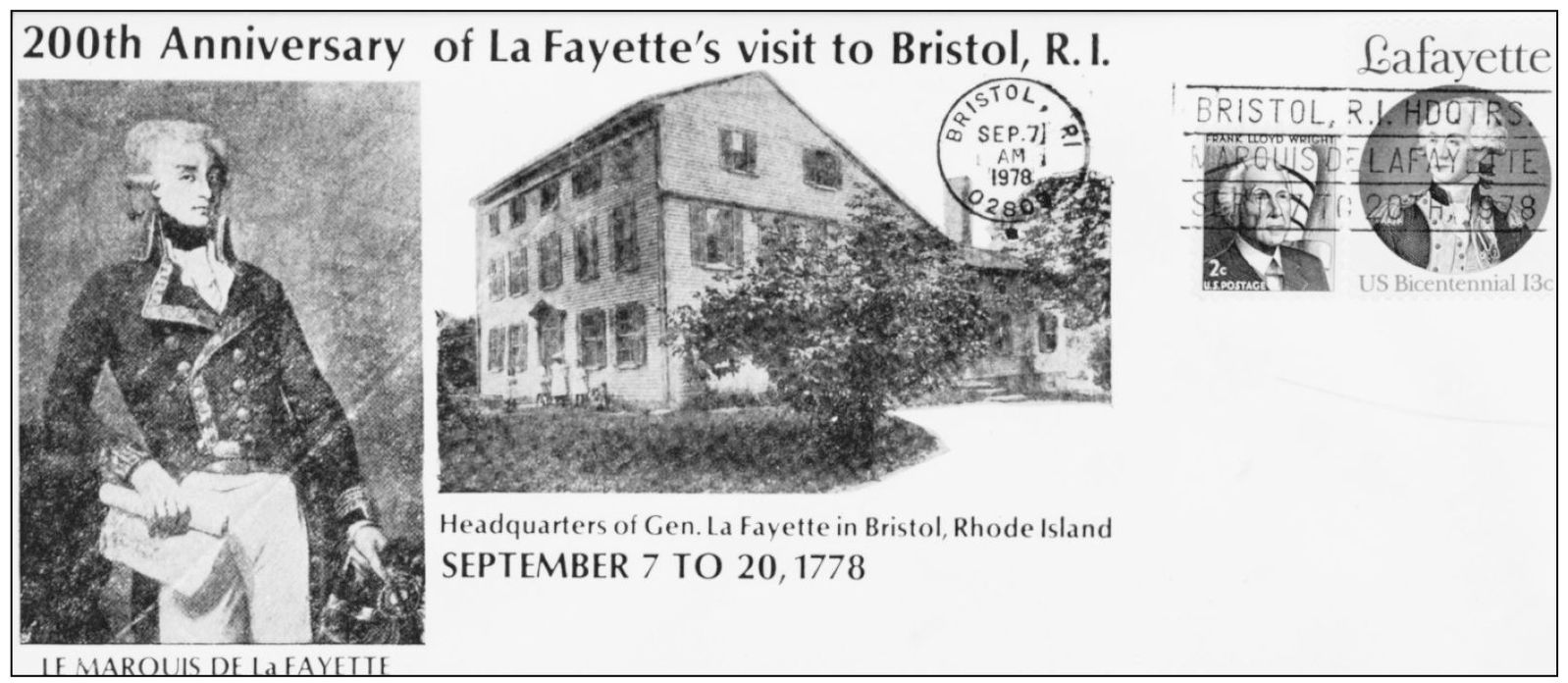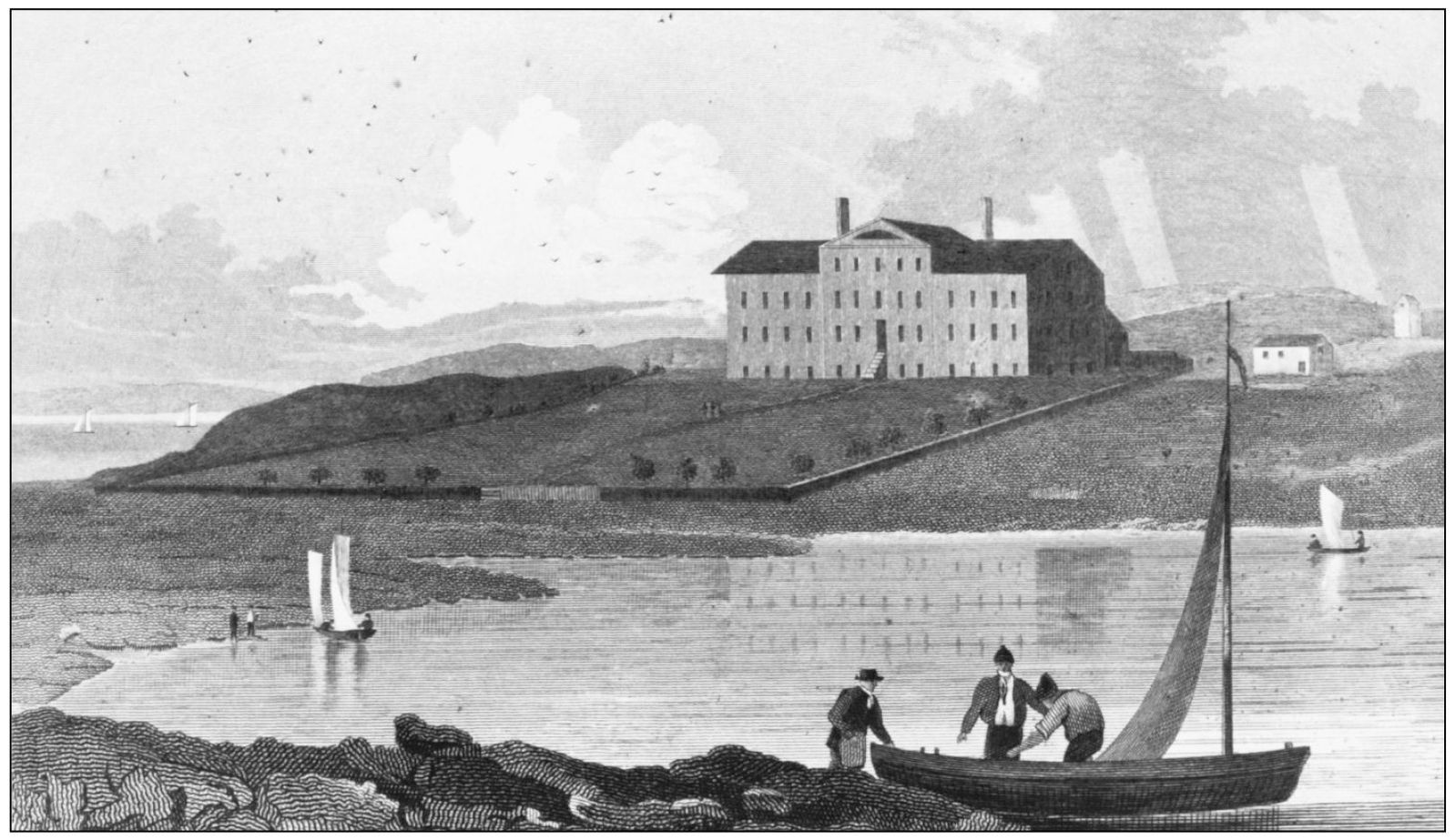Acknowledgments
Many of the views in this book were selected from original U.S. Navy photographs in the holdings of Newport navy commands. Some are from other navy sources, including the U.S. Navy Historical Center; the U.S. Naval Academy; the Newport Navalog , a nongovernment weekly published for the navy community; and the NUSCOPE , which was issued biweekly by the Naval Underwater Systems Center Public Affairs Office from 19701992.
The largest number of images come from the Naval War College Archives and Naval War College Museum in Newport, and are credited in the caption lines, as are other navy releases where photographers are cited. All released photographs from Newport commands, the U.S. Navy Historical Center, the U.S. Naval Academy, or other navy source were copied or scanned for use at no cost to the government.
Newport harbor scenes in chapter one appeared in W.A. Greenes The Providence Plantations for Two Hundred and Fifty Years (1886). The Naval Torpedo Station commanders plaques mentioned in chapter one were photographed from a display at the Naval Undersea Warfare Center Division Newport. Credit for images in chapter two, except where otherwise noted, goes to Richard V. Simpson of the Bristol Art Exchange, who shared photographs and postcards from his collection, including those from his book-in-preparation, The Torpedo Boats of Bristol, Rhode Island . Naval Underwater Systems Center scenes in chapter six are U.S. Navy photographs from released selections compiled for the history of the center, Meeting the Submarine Challenge . Photographs by the author and by Darcy Associates, Ltd. are copyrighted.
It is a pleasure to acknowledge the cooperation of those who helped with archival material and loaned photographs for copying. Especially appreciated is the assistance of Evelyn Cherpak (archivist, Naval War College) and Director Anthony Nicolosi and Ruth Kiker of the Naval War College Museum. The U.S. Naval Academy Museum and Archives staff in Annapolis were helpful in locating photographs of the Civil War period when the academy moved to Newport. Similarly, Martha Mitchell of the John D. Rockefeller Library at Brown University went to considerable effort to research and copy items on Rhode Islands early naval patriots. For various courtesies and assistance with dates, the identification of ships and events, and advice on captions, thanks go to Jeffrey Owens, Gary Steigerwald, Gabriel Saad, Sandra Marceau, and James Mellin.
Find more books like this at
www.imagesofamerica.com
Search for your hometown history, your old
stomping grounds, and even your favorite sports team.
One
From Colonial Times to the Naval Torpedo Station
Newport in colonial times. This map of Newport in the Province of Rhode Island includes an early layout of the settlement, streets, and dock areas. Goat Island (in the center foreground) later takes on prominence as the site of military forts for the protection of the harbor and, still later, becomes the location of a post-Civil War naval station.
Newport harbor in the mid-nineteenth century. From early colonial times, Newport bustled with maritime activity, both commercial and military.
Islands near Newport. This map of Narragansett Bay near Aquidneck Island from Newport Begins by L.A. Robson (Newport Historical Society) details the East Passage and shows the relationship of Newport to Goat Island, site of the navys first experimental torpedo station in 1869 and Coasters Harbor Island, where the Naval Training Station and Naval War College began in 18831884. Other nearby islands were used over the years by the navy, particularly during World War I and World War II.
Commander of the first navy. On December 22, 1775, Rhode Islands Esek Hopkins was commissioned the first Commander in Chief of the Fleet of the United Colonies. Hopkins was thus commander of Americas first navy. Eseks son, John Hopkins, was captain of the Cabot in the first Continental fleet; another Rhode Islander, Abraham Whipple, commanded the Columbus for the Colonies. (Brown University Archives.)
The Katy , 1775. A Rhode Island Navy sloop, the Katy became one of the five ships in Americas first navythe newly established Continental fleet. Renamed the USS Providence in the Revolutionary War, it was the first command of John Paul Jones. ( Newport Navalog .)
Plan of the Town of Newport in 1777. Goat Island, prominently shown in the foreground, became the site of the first official U.S. Naval Research Station, established nearly a century later in 1869. Fort George (shown on the island) was set up in pre-Revolutionary times to protect the harbor entrance to Newport. It underwent several name changes reflecting the reigning British monarchs and political shifts in colonial times and the early republic.
General Lafayette in Rhode Island. In September 1778, the Marquis de Lafayettewhom the Continental Congress had made a major general at George Washingtons requesttook command of the ports within the Island of Rhode Island. Entrusted with the care of Warren, Bristol, and the eastern shore (Newport was in British hands), General Lafayette made his headquarters first in Bristol and then at a safer place behind Warren. For the 200th anniversary (1978) of Lafayettes tour of duty in Rhode Island, Bristol artist R.V. Simpson created a commemorative cover. Franked with a Lafayette U.S. Bicentennial stamp, the philatelic item is shown here (in black and white) with a special Bristol cancellation. (Authors collection.)
Coasters Harbor Island, c. 1832. The offshore island where the founders of the City by the Sea landed in 1639 is two miles north of the center of Newport. In 1883, a Naval Training Station was established on the island, and the next year, in 1884, the Newport Alms House (shown above) became the first home of the Naval War College. The Alms House, an asylum for the poor, was built by Benjamin Chase of Newport, chiefly of fieldstone from the island, at a cost of $6,940. Work on the building began in 1817 and was completed in March 1820. (Naval War College Museum.)



